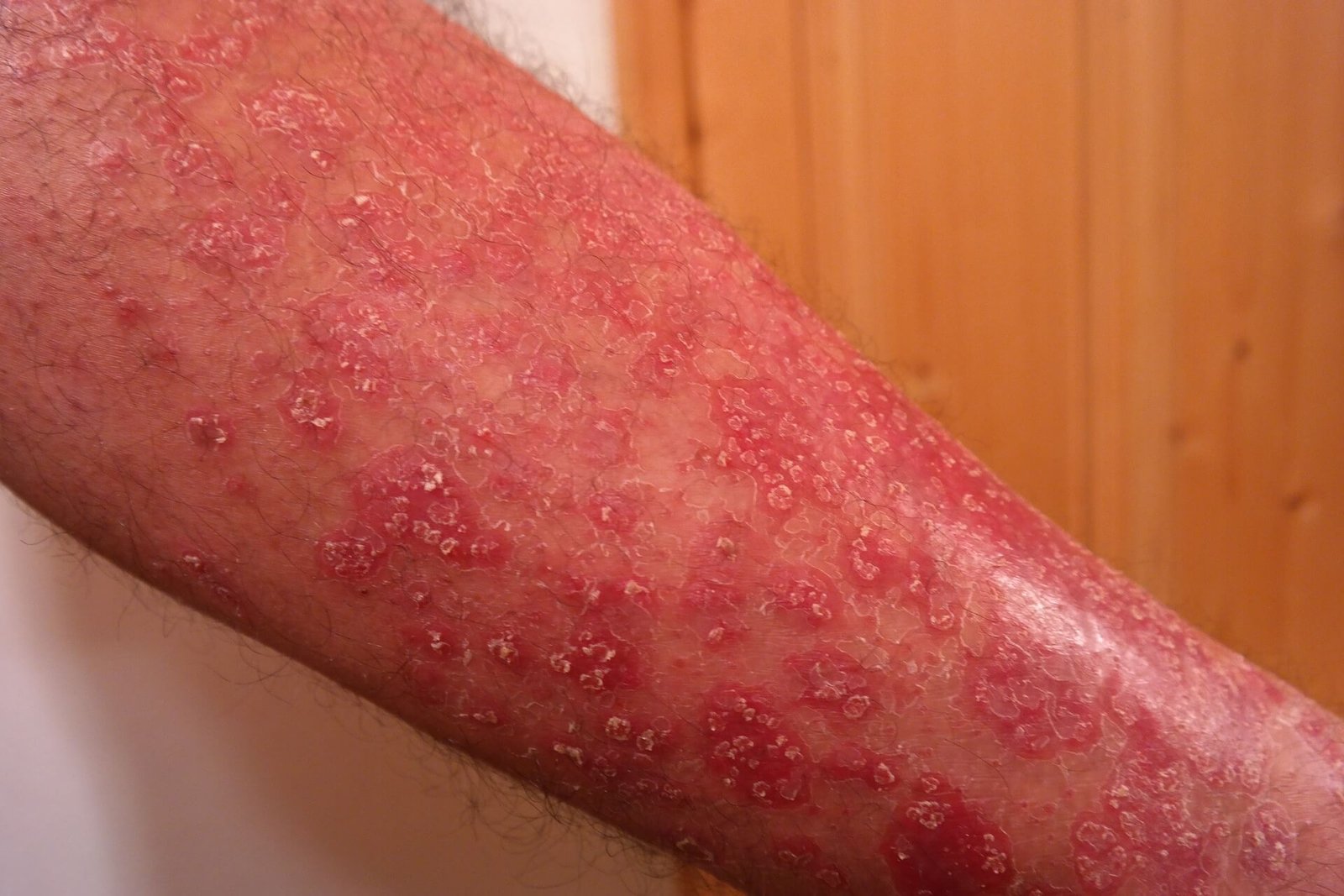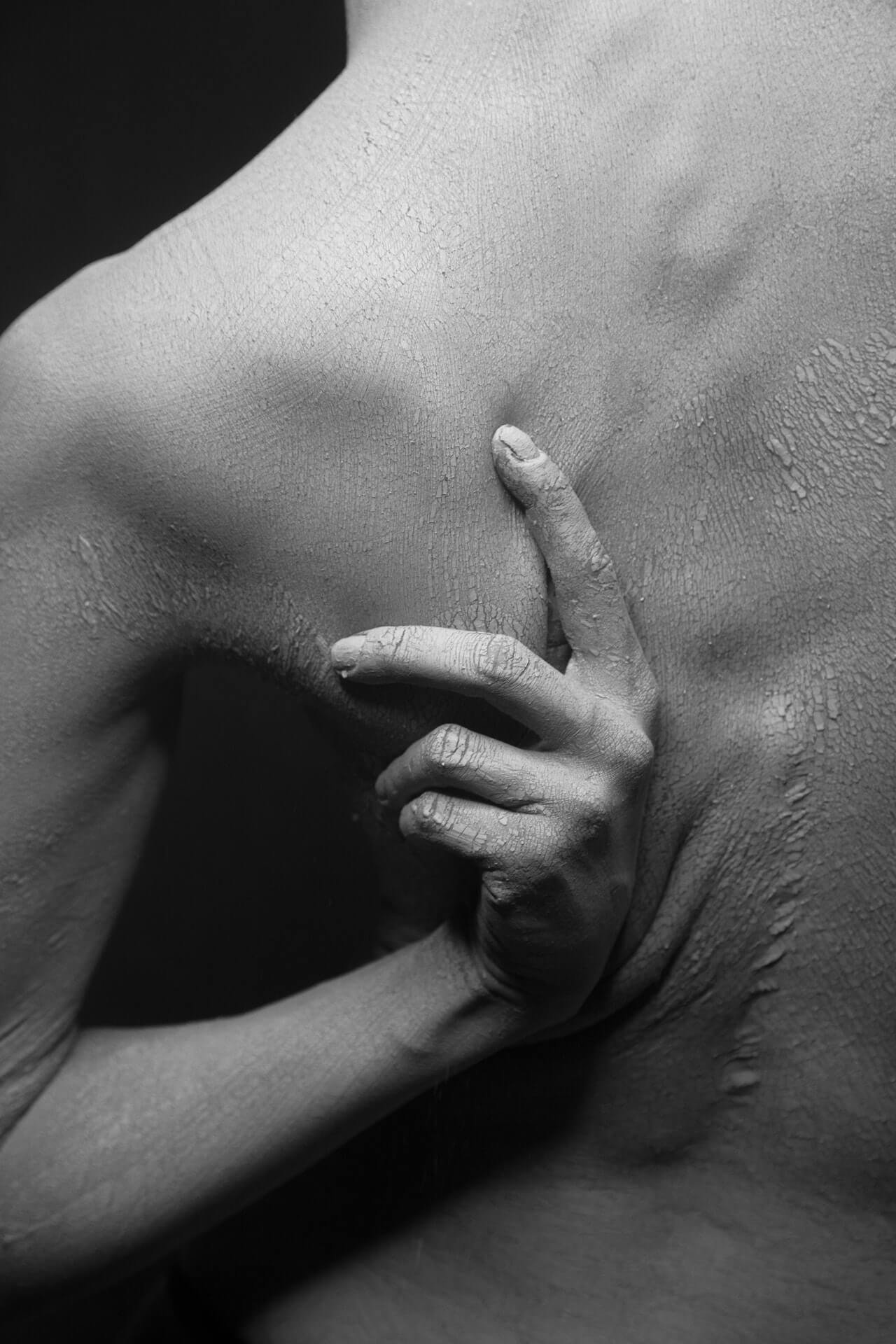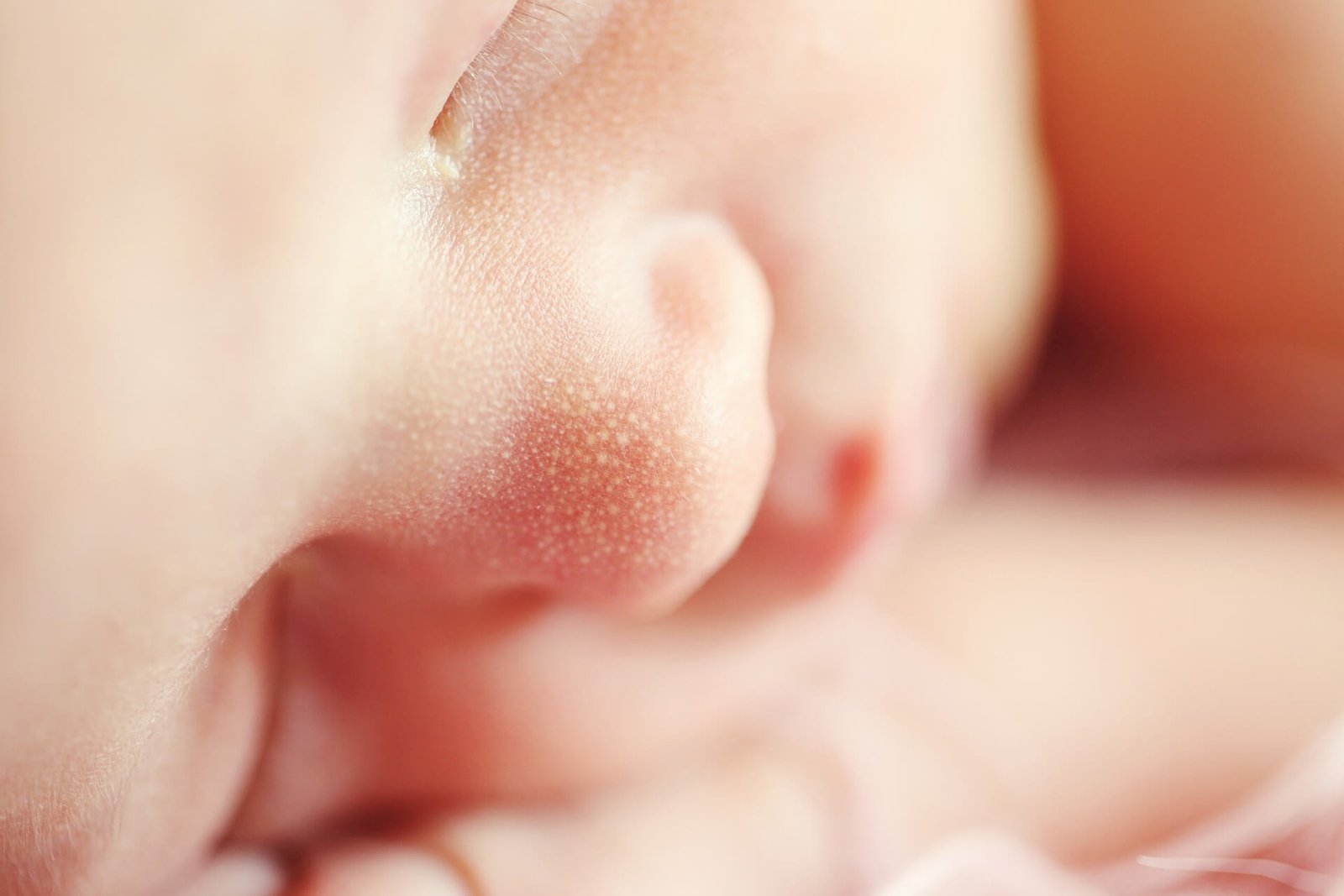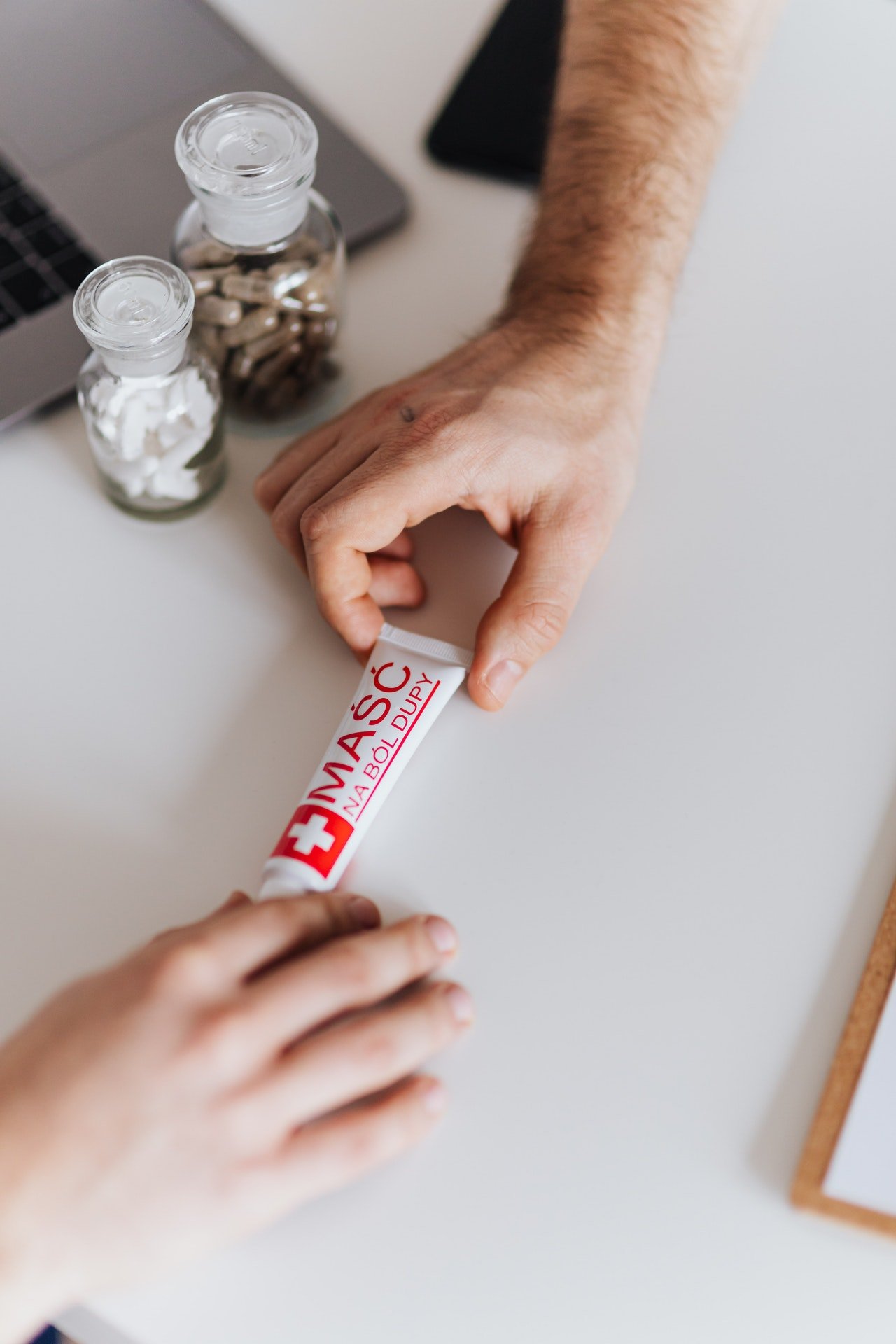Atopic Dermatitis- 4 Helpful Prevention List
 Atopic Dermatitis – What it is?
Atopic Dermatitis – What it is?
Overview
Atopic Dermatitis, or eczema, is a skin condition that causes redness and itching. Although it is commonly seen in children, it can also occur in adults. Studies have found that people suffering from eczema, especially those suffering from atopic dermatitis, are more likely to have mutated genes that produce filaggrin.
The protein filaggrin helps keep a healthy, protective layer of skin on the surface of our faces. If there is not enough filaggrin to build up a strong skin barrier, then moisture can escape, allowing bacteria, viruses, and more to enter the body. It’s a chronic condition that becomes worse and worse for years or throughout your life and can overlap with other types of eczema. You may also suffer from asthma or hay fever.
For unknown reasons, atopic dermatitis causes the immune system to become disordered and overactive. It triggers inflammation that damages the epidermal barrier, leading to itching and rashes. Darker skin tones may show purple, brown, or grayish hues, while lighter tones will show reddish hues. As of yet, atopic dermatitis does not have a cure.
There are, however, treatments and self-care measures that can reduce itching and prevent new outbreaks. In addition to avoiding harsh soaps and moisturizing your skin regularly, it is also important to use medicated creams and ointments.
Symptoms and Signs
Those with atopic dermatitis are prone to itching. Rashes can appear anywhere on people with atopic dermatitis, and when scratched they can ooze, weep fluid, and bleed, making them vulnerable to infection. People with atopic dermatitis (eczema) show a wide range of signs and symptoms, including:

- Having a dry complexion
- Itching, especially at night, maybe severe.
- There are reddish-gray patches on foreheads, faces, feet, ankles, wrists, necks, upper chests, eyelids, and on the scalp and face of infants.
- They are usually small, raised bumps that leak fluid when scratched and crust over.
- Thickening, cracking and scaling of the skin
- A raw, sensitive, swollen skin condition caused by scratching.
Atopic Dermatitis: Who is at Risk and Why?

Most cases of atopic dermatitis occur in childhood, usually in the first six months of a baby’s life. It may be a common type of eczema, but it’s severe and long-lasting. If you or your child has atopic dermatitis, it may get better at times, or it may get worse at other times. Symptoms may fade with age for some children, but others will continue to flare as adults. This condition is commonly associated with hay fever and asthma. Atopic dermatitis may be more prevalent in those with asthma or hay fever, or those who have family members who do.
Causes
It is unclear what causes atopic dermatitis. Atopic dermatitis isn’t contagious, so you can’t spread the rash to others. Inflammation occurs in atopic dermatitis when too many cells produce inflammatory substances in the skin. Some triggers are related to lifestyle and the environment, including:
- A long, hot shower or bath
- As you scratch
- Sweating
- A dry, cold climate
- A detergent or soap
- Fabrics made of wool and synthetics
- A physical irritation (dirt, sand, smoke)
- Allergies (pollen, dander, dust)
- Anxiety
How to know when to see a doctor
If your child has a fever and the rash looks infected, seek immediate medical attention. Get your child or yourself checked out if:
- Sleep and daily activities are disrupted in such a way that the condition is unmanageable.
- A skin infection is evident by red streaks, pus, or yellow scabs.
- Even after trying home remedies, the symptoms persist.
In the case of bacterial skin infection, look for signs such as:
- Around the rash, there may be pain, swelling, tenderness, or heat.
- The rash is accompanied by red streaks.
- Skin discharge
- Having a fever
Your doctor or dermatologist should diagnose you initially. You should seek the help of a physician to create a treatment plan and to understand your triggers.
What are the treatment options for atopic dermatitis?

Atopic dermatitis is not curable. You can help reduce itching and discomfort by finding the right treatment. Stress reduction and prevention of skin infections are achieved through calming the skin. Treatment options include over-the-counter skincare, prescription medications, and lifestyle changes.
Moisturizers are an effective preventive measure. As a result, the skin barrier is improved. With healthier skin, it will become irritated and inflamed less frequently. The simplest way to hydrate your skin is to bathe and moisturize every day. After bathing, moisturizer should be applied immediately.
Treatment options for mild Atopic dermatitis include:
- Identifying triggers and avoiding them
- Protecting and strengthening the skin barrier by maintaining a regular bathing routine and moisturizing regime.
- Getting a good night’s sleep
- Consuming a healthy diet
- Reducing stress
If these methods don’t work, here are some other treatments:
- The topical use of corticosteroids
- Topical non-steroidal medications
- Biologics
4 Atopic Dermatitis Prevention
If you experience a flare-up, you can take steps to make your skin healthier and reduce your chances of having another.
- Triggers should be avoided. Learn what triggers your skin problems so you can avoid them. Stop using these products if, for instance, you notice rashes from certain soaps or fabrics. Avoid animal dander, cigarette smoke, and pollen to avoid skin irritation.
- Ensure your skin is well taken care of. Maintaining your skin’s moisture is essential. Put them on immediately after a shower or bath.
- Make your baths and showers shorter. Use warm water instead of hot during your showers, and limit your showers to 10 minutes. Bathing occasionally with household bleach may also be helpful. Don’t put your head under the water, and don’t take bleach baths more than twice a week.
- Gentle soaps are recommended. Your skin should only be cleaned with mild soaps. Antibacterial soaps and deodorants contain ingredients that can irritate the skin.
Outlook
Knowing your triggers and caring for your skin will help you reduce the severity and frequency of your flare-ups. It is possible to try many different treatment plans if your first one doesn’t work. Working together with your doctor can get you the right combination for you and your skin.



